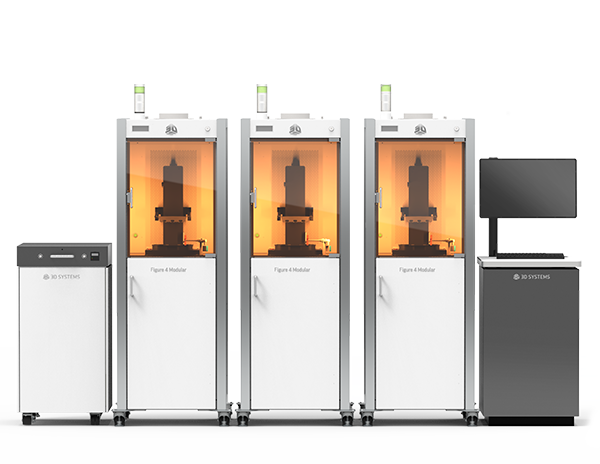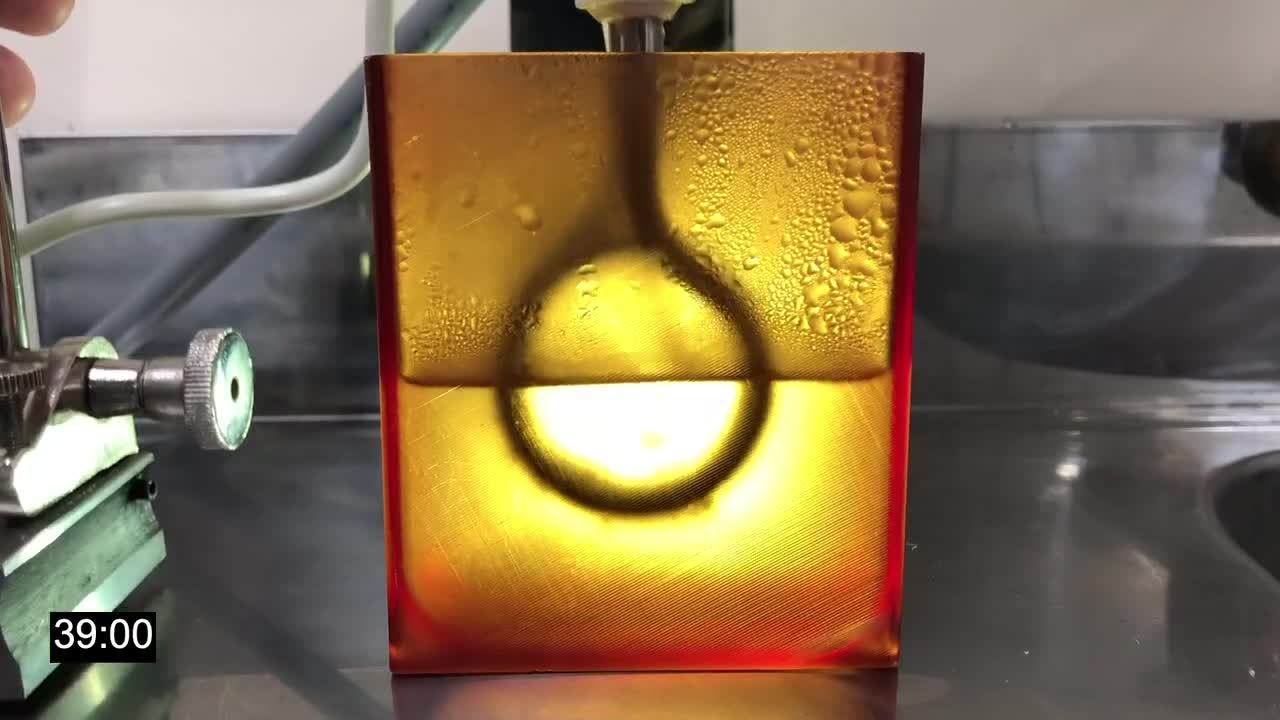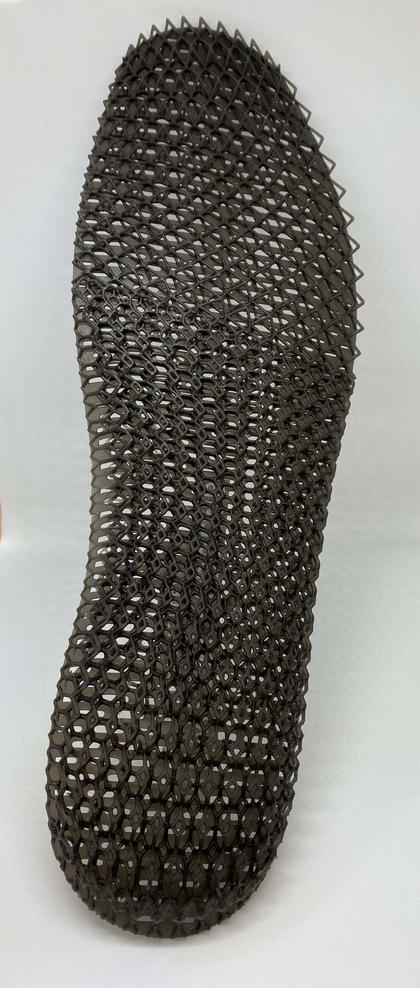Sporting goods giant Decathlon has implemented 3D Systems’ new Figure 4 digital manufacturing solution and materials to optimize its supply chain. Capable of fast and versatile part production, the resin-dependent 3D printing technology gives the French retailer a competitive edge to drive faster innovation and better prices for its customers. One of the earliest Figure 4 successes for Decathlon was a project to create new fishing weight sinkers for catching fresh water carp, a hard-fighting fish.
Decathlon has been focusing on innovation for years, offering high-performance and novel equipment designed to make sport products available and accessible from beginners to expert athletes. Staying competitive globally, and keeping up with customer demand has led the company to apply additive manufacturing technology in its production process. Decathlon even has its own 3D printing laboratory, the Additive Manufacturing Lab (ADDLAB), for testing ideas, designing prototypes and creating molds. A major driving force within Decathlon’s R&D engine is 3D Systems’ Figure 4 Modular solution and its diverse and growing portfolio of functional materials.

Decathlon’s ADDLAB used Figure 4 HI TEMP 300-AMB to 3D print master patterns for fishing weight sinks (Image courtesy of Decathlon)
According to Gregoire Mercusot, a materials engineer at Decathlon’s ADDLAB, the addition of the Figure 4 Modular technology has given the company a major competitive edge in terms of speed, precision, and versatility, by optimizing the development of functional parts and shortening production cycles. Figure 4 is a projection-based additive manufacturing technology that uses a non-contact membrane, which according to 3D Systems, combines accuracy and amazing detail fidelity with ultra-fast print speeds. Brought to market in June 2019, the Figure 4 Modular is described as scalable, semi-automated and designed to grow with capacity, capable of integrating up to 24 printer modules to boost productivity.
For years, Decathlon’s in-house fishing brand, Caperlan, has been making equipment for every need, from surfcasting to predatory fishing and more. So, when Decathlon team member and carp fishing expert Gautier Destrebecq realized that the company’s competition only offered one option for fresh water carp fishing weight sinkers in stores, he decided to work on developing new ones. Used both for the projection of the fishing line as well as for stabilization of the hook, weight sinkers are strategically helpful for catching carp, considered by experts as a very smart fish, especially as it gets older, making it a difficult catch.
While working to develop several models for the fishing weight sinkers, Destrebecq realized that the company’s mold supplier did not have the ability to create the master patterns, so he needed to find another way to obtain those parts. But producing the mold master patterns would have required enlisting a second supplier to develop them and Decathlon’s typical start to finish timeline for projects like this is one month. Rather than take this route, Destrebecq turned to Decathlon’s internal ADDLAB to see if there was a faster way to get robust parts that could withstand the mold-making process. These parts would need the ability to retain shape and detail at temperature exposure as high as 160˚C at 180 bar pressure.
After testing various options, the desired performance came from 3D Systems’ Figure 4 HI TEMP 300-AMB, a transparent and rigid plastic engineered to withstand ultra-high temperature environments. In just two days ADDLAB 3D printed the fishing weight sinkers and shipped them to its mold supplier. Beyond the massive time savings this process introduced, creating the mold master patterns in-house enabled Decathlon to cut additional costs from product development while accelerating time to market. According to Destrebecq, this is part of the magic of in-house 3D printing, claiming he was “less stressed” in his design and “able to achieve goals that are impossible using a traditional approach.” The strategy allowed the French sports equipment manufacturer to accelerate the development of its product, achieve an even greater level of innovation and gain agility.
Located within the Btwin Village, in the French city of Lille, is the ADDLAB headed by Julien Guillen and created in May 2016. With more than 30 machines covering several manufacturing processes, and an average of 1,200 3D printing projects every month, the lab provides for many 3D prototyping needs, as well tools for internal use and after-sale services and spare parts for customers, revealed Guillen to CAD Magazine in May 2020.

Decathlon’s ADDLAB in Lille France (Image courtesy of Decathlon/Sculpteo)
Beyond the Figure 4 HI TEMP 300-AMB fishing weight sinkers, 3D Systems’ technology is compatible with a wide range of materials which allow Decathlon engineers match with a diverse range of applications. The ADDLAB has been using 3D Systems’ Figure 4 PRO-BLK 10 for innovative assemblies with retracting and interchangeable attachments. As well as Figure 4 FLEX-BLK 20, a fatigue resistant black plastic that offers the look and feel of production polypropylene to advance products that will ultimately hit shelves in polypropylene, such as bike components. For grips, tire treads and shoe insoles, the lab has also relied on Figure 4 RUBBER-BLK 10, a slow-rebound, hard-rubber material which is great for simulating deformation.
As a global staple for many sports shoppers, Decathlon has been around since the 1970s, designing, producing and distributing its own products for more than 60 different sports and activities. With more than 1,400 stores in 44 countries, it’s large-scale centralized additive manufacturing activity is poised to overcome many challenges of large retail stores. The Figure 4 platform’s material selection and qualities put the system in high demand within the ADDLAB, driving innovation across as many product areas as possible and improving its output energy, especially with the addition of more modules in the foreseeable future.
Subscribe to Our Email Newsletter
Stay up-to-date on all the latest news from the 3D printing industry and receive information and offers from third party vendors.
You May Also Like
3D Printed Heat Spreader Could Improve Efficiency of Electronics
The low-hanging fruit for decarbonization has long been improving the efficiency of existing systems, hence the justification for LED lights and ENERGY STAR certified appliances. While such minor moves are...
3D Printing News Unpeeled: Marine Gearboxes, 3D Printed Motors and $1.7 Million in Seed Funding
UK based Equipmake just released their Ampere-220 e-axle system. The system, which is meant for high performance electric cars, was similar to one released on the Ariel HIPERCAR. It has...
CEAD Unveils 36-Meter-Long 3D Printer for Abu Dhabi’s Al Seer Marine
CEAD, a Dutch original equipment manufacturer dedicated to large-format 3D printers, has unveiled what it claims to be the world’s largest robotic arm-based 3D printer. At 36 meters long and...
3D Printed Biocomposites Could Help Reduce Marine Plastic Pollution
Concerns about the impact of plastic litter and microplastics in the oceans are at the forefront of environmental study. For decades, the marine environment has suffered from the degradation of...







































